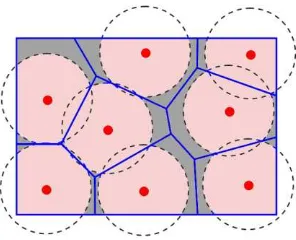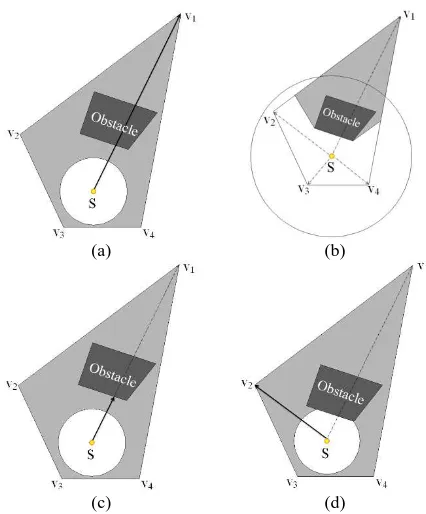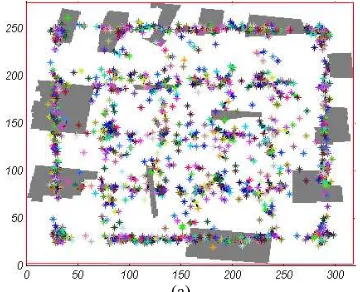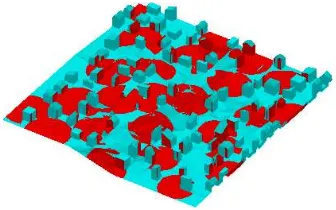isprsarchives XL 2 W3 103 2014
Teks penuh
Gambar




Dokumen terkait
Instead of reinventing the wheels, we make use of smartphones, off-the-shelf components, and existing technologies in ubiquitous computing (i.e. wireless and
In this study, feed forward neural network is used for time- series forecasting of the traffic related to the 301st day of 2008. We design this neural network for
Now, despite the efforts by NGO and NCC organizations in Iran, 1:25,000 maps cover the country with an independent data model has been produced that can be used as the basis
Some of the existing algorithms require ancillary data such as topographic map, multiple laser returns or intensity data which may not be available, and some deal only with the
We, then, deployed spatial association rule mining (as one of the spatial data mining analyses) to extract the association between asthmatic allergy prevalence
The International Archives of the Photogrammetry, Remote Sensing and Spatial Information Sciences, Volume XL-2/W3, 2014 The 1st ISPRS International Conference on Geospatial
The current research is conducted to investigate the effects of a number of parameters on ARIMA modelling in the context of WSNs including: the necessity of applying
In other words, when MVES’s spectral signatures are used as initial cluster centers, k-means clustering leads to the best result. More importantly, unlike the other two cases, using